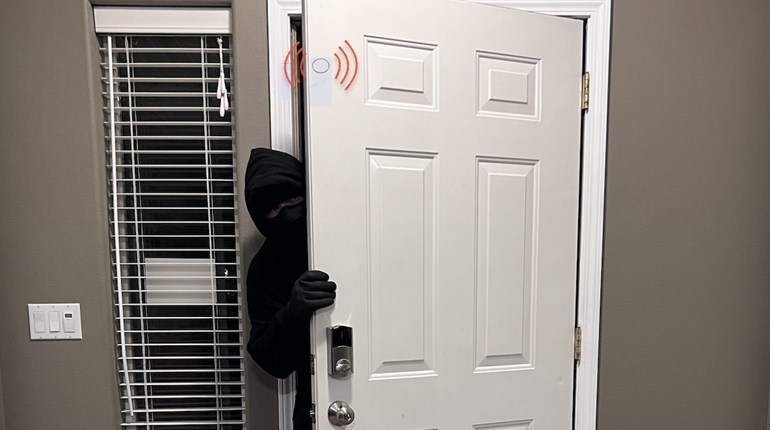
Recently on the news, we saw a six-year-old girl nearly get kidnapped from her home in Ohio. In the doorbell cam video, the child can be seen actively resisting and escaping a terrifying situation, a parent's worst nightmare.
Sadly, incidents such as the Ohio attempted kidnapping are becoming increasingly common. While most people use the terms abduction and kidnapping interchangeably, there is a difference between the two. An abduction is the unlawful holding or transportation of someone in the absence of proper consent. A kidnapping is an abduction that involves the use of force or fearful threats to carry out the crime.
The Office of Juvenile Justice and Delinquency Prevention (OJJDP) tracks data for all reported kidnappings in the United States. In their most recent study, they found there were 18,770 total reported kidnappings in the United States during the year 2016. Of those, 13,835 were confirmed to be committed by a family member or a known acquaintance. That leaves 4,935 kidnappings that were either committed by a stranger or an unidentified subject.
Try as we might, we can't watch our kids every second, so we need to equip them with the knowledge of what they can do in a situation where someone could harm them. Consider these discussion topics to help keep your kids out of harm's way.
1) Bad guys don't always look scary. Kids need to know to judge strangers by their actions, rather than their appearance.
2) No adult ever needs a child to help them conduct their business. Never respond to a stranger's request to assist them in doing something, such as finding their missing pet.
3) Never approach a stranger who is attempting to give them something, especially if they are in a vehicle. Keeping some distance will offer a couple of extra seconds to escape, if needed.
4) No adult ever needs a child to keep a secret for them. Never agree to keep a secret for a stranger. They should tell a trusted adult if someone is making them feel uncomfortable.
5) Should someone try to physically take or lure them away, they need to kick, punch, scream and bite; whatever it takes until they are able to run away! Emphasize the importance of screaming and drawing attention to what is going on. Once the child has escaped, they need to immediately run to an adult who can be trusted for help. Finding a police officer (or anyone in a uniform), a mom with kids or a group of people are all good options to help keep them safe.
6) Finally, kids need to know to trust their instincts. If something doesn't look or feel right, they need to have the confidence to act on those instincts. Their safety and well-being depend on it!
The first 48 hours are critical for finding a child who has gone missing. After that, the odds take a sharp turn for the worse. If a parent should ever find themselves in a situation in which they suspect their child may have been taken, they should act immediately! There is no requirement that you wait 24 hours to report a missing child. Don't fear any embarrassment caused by a false alarm. There is too much at stake! Here are some things to do in those first moments of realizing your child is missing.
1) Call 9-1-1 to immediately notify law enforcement. Any information that you can provide will be invaluable in their investigation. For example, a description of the child's clothing and distinguishing marks will be a good start. Tip: Take a picture before going into a large public park/fair/etc. While a picture makes a great memory, it also can be used for accurate details about what your child is wearing.
2) Provide investigators with a current photo.
3) If you know the location where the child was most likely taken, treat it like a crime scene. Limiting access to the area in which the crime potentially occurred can ensure the preservation of any evidence left at the scene.
4) Make a list with the contact information of anyone who may have made contact with the child. Document anyone who recently moved into the neighborhood or was recently given access to your home. Also, list anyone who may have a potential interest in taking the child; this is not the time to be polite!
5) Keep yourself available to answer the questions of investigators. Don't leave your cell phone in the vehicle or at home. Time is of the essence, and questions need quick answers.
It's a scary thought, but there are people out there who are on the prowl for opportunities to take a child. Having these important conversations with your little one can help prevent those opportunities from arising. Should your child find themselves in a dangerous situation, they will be prepared to take action and escape like the brave little girl from Ohio.







































